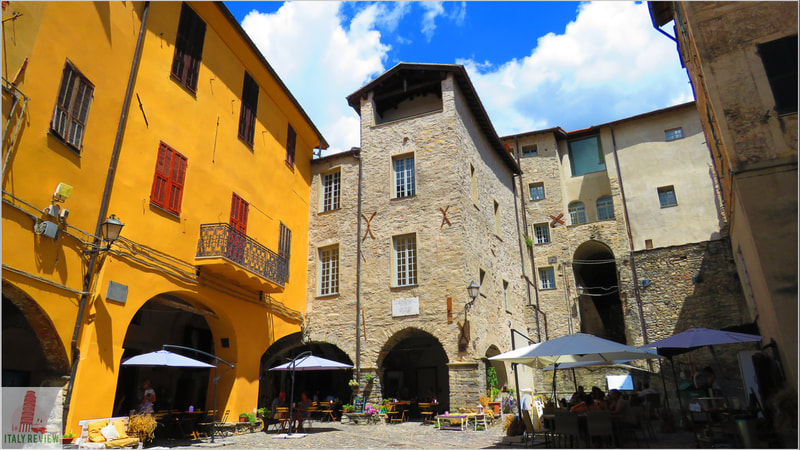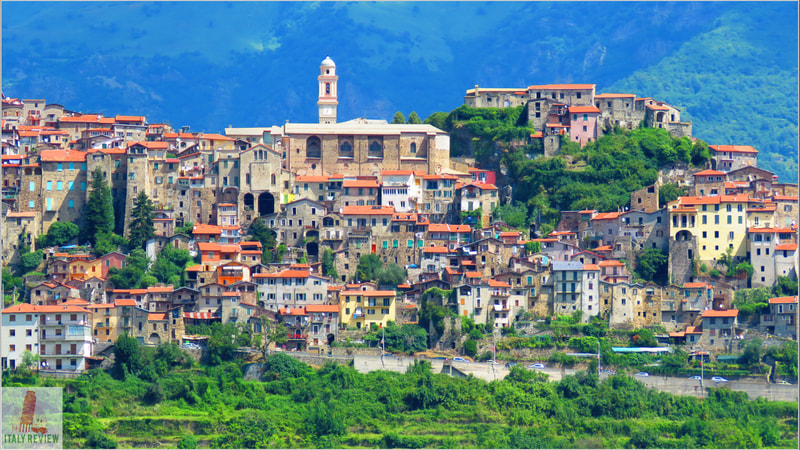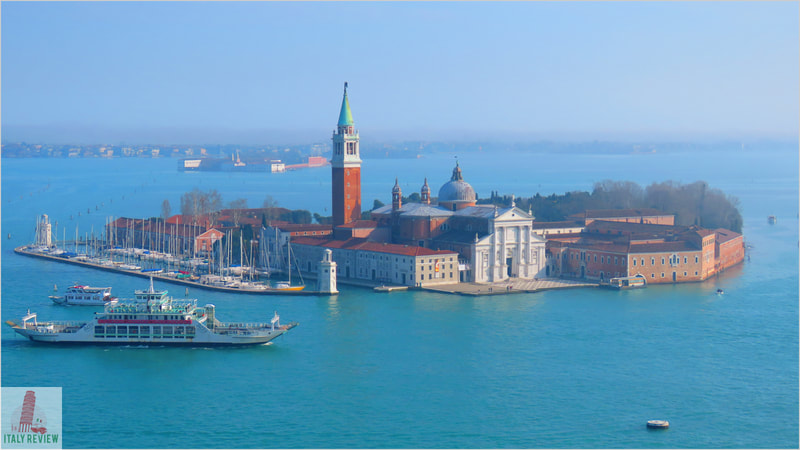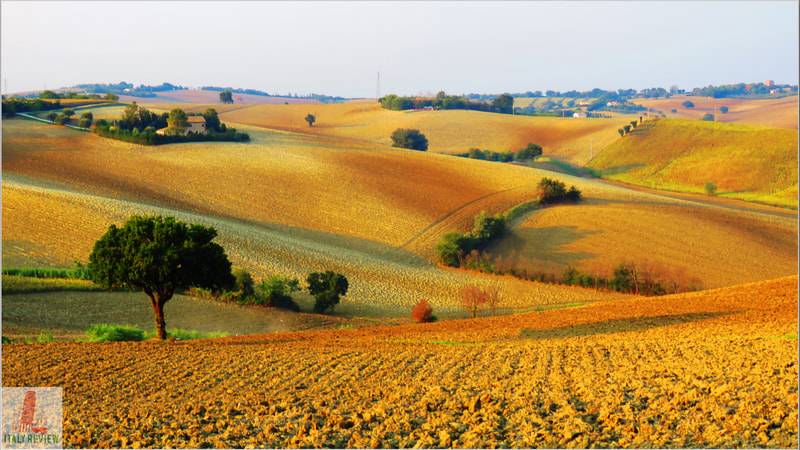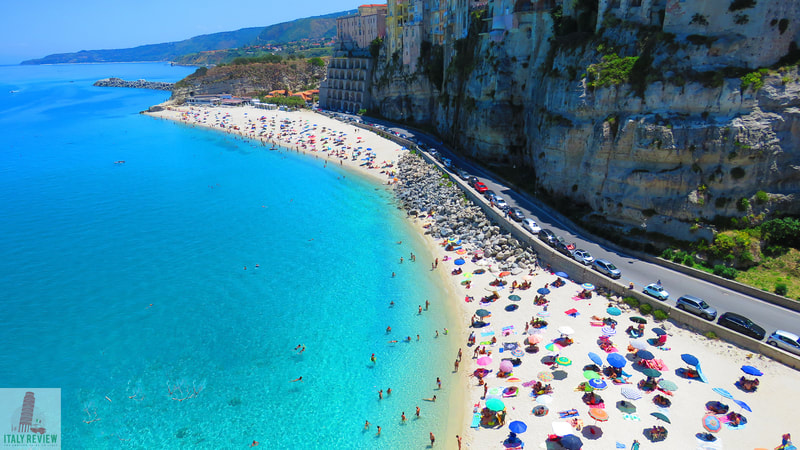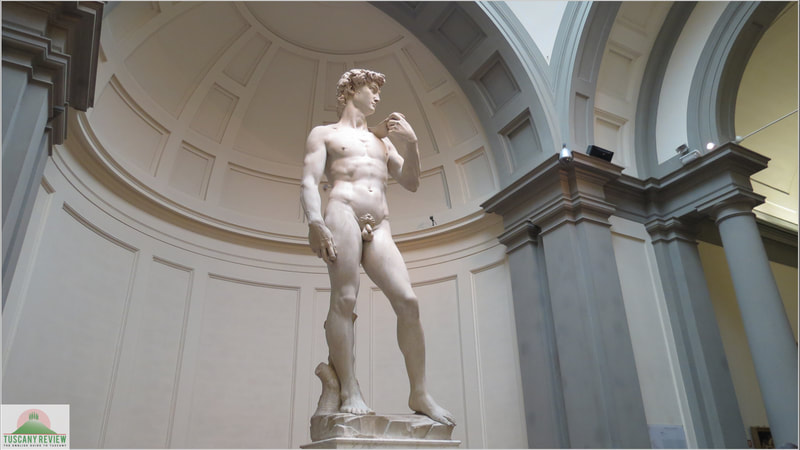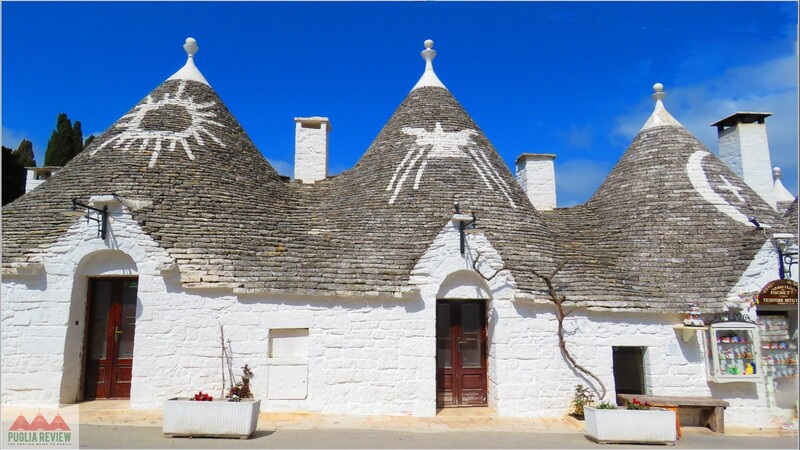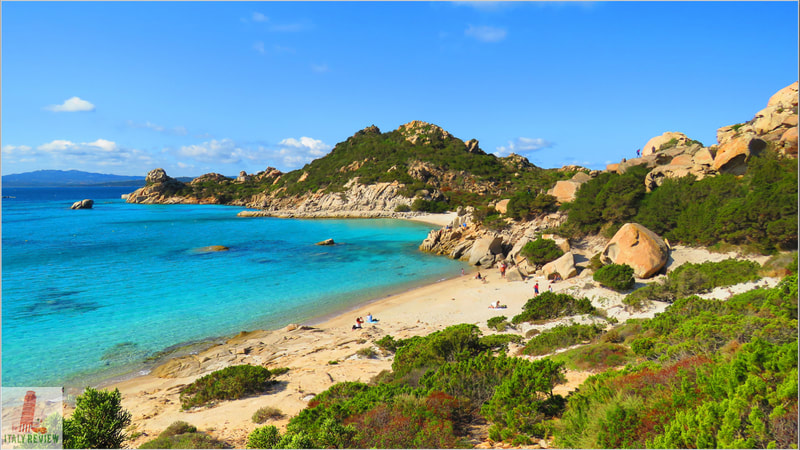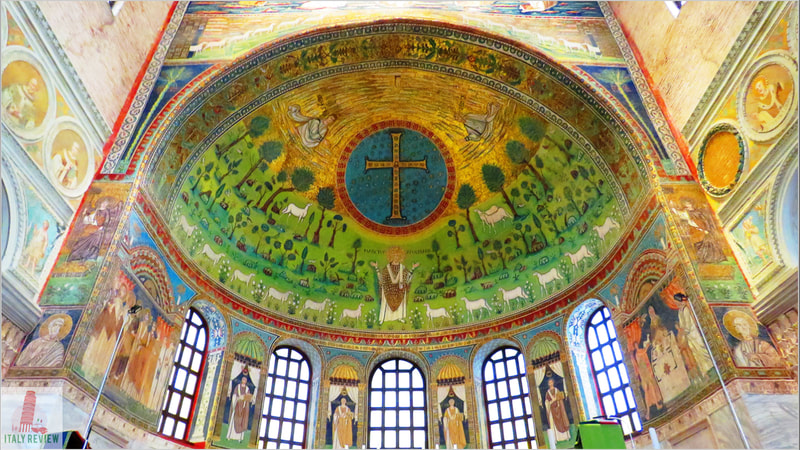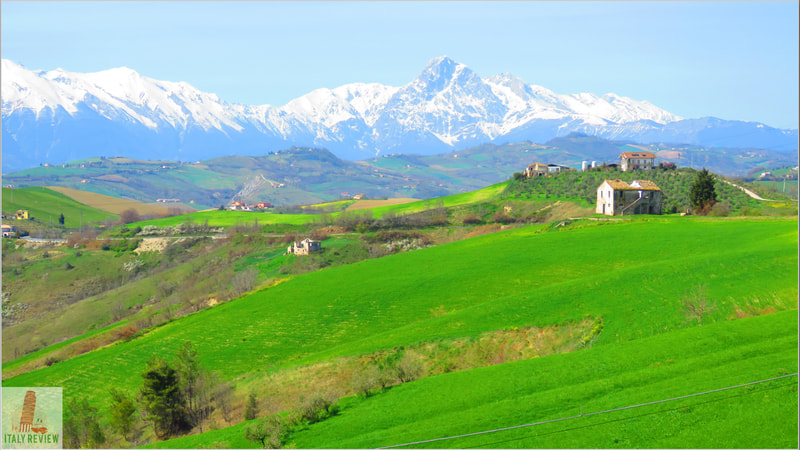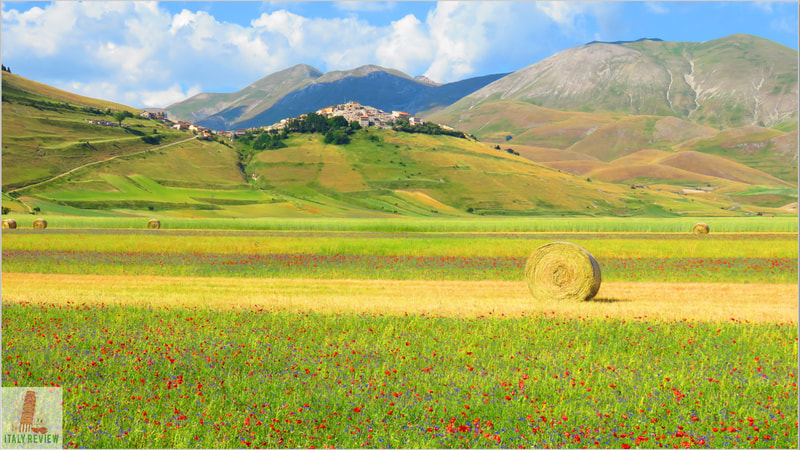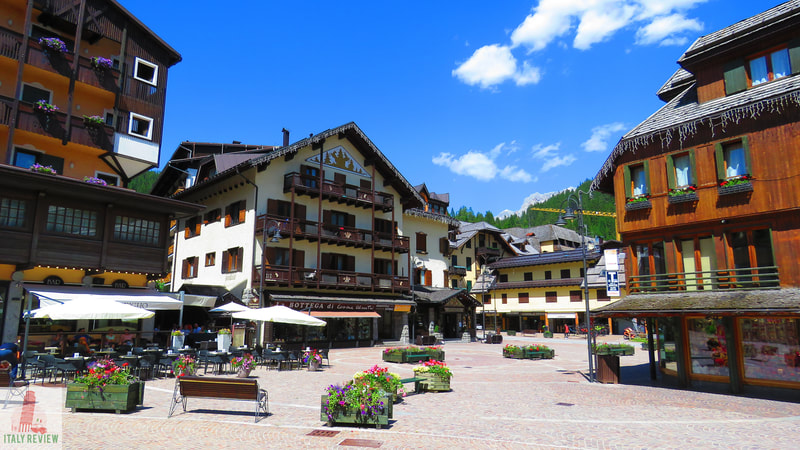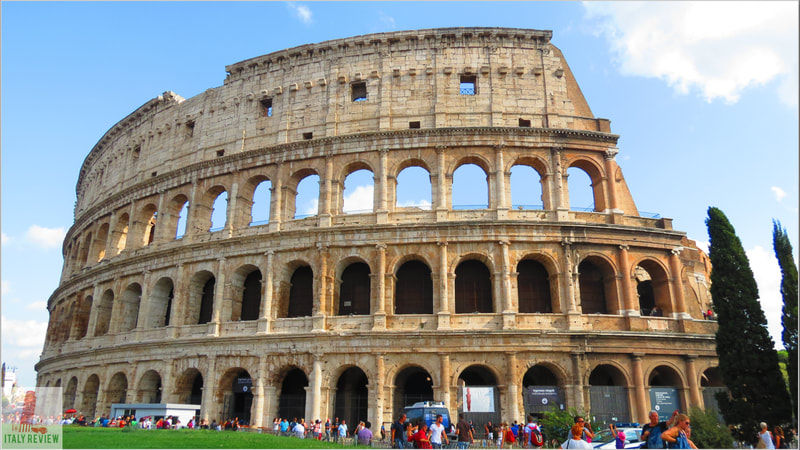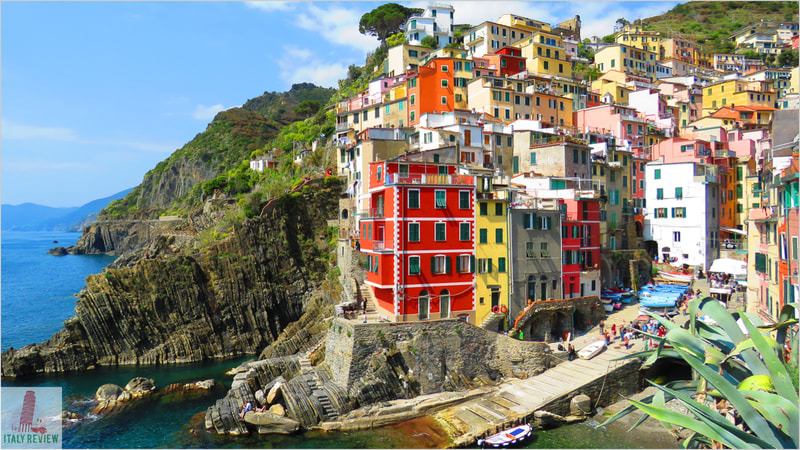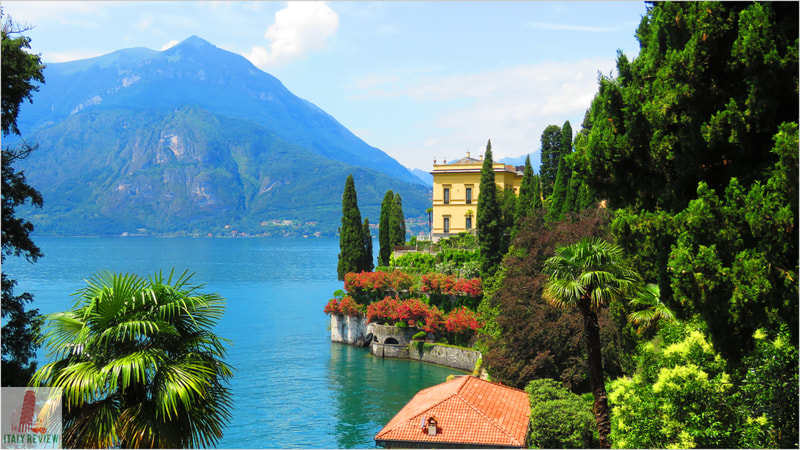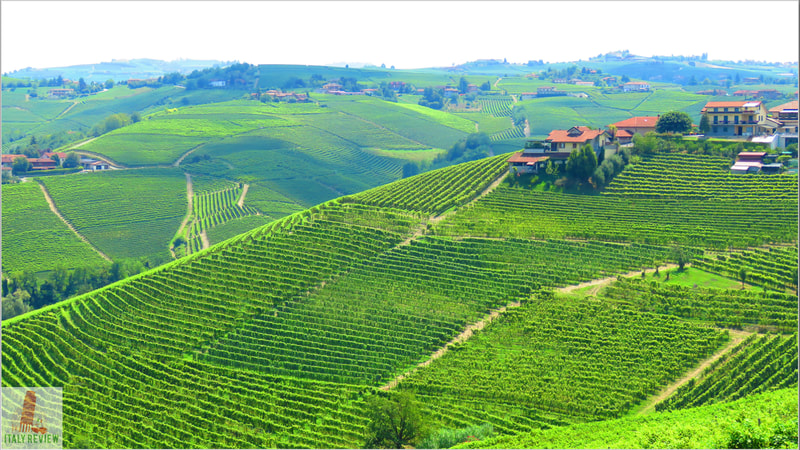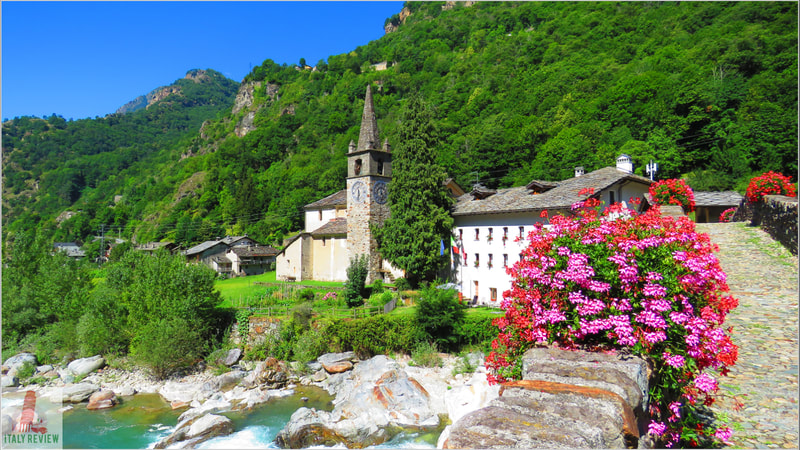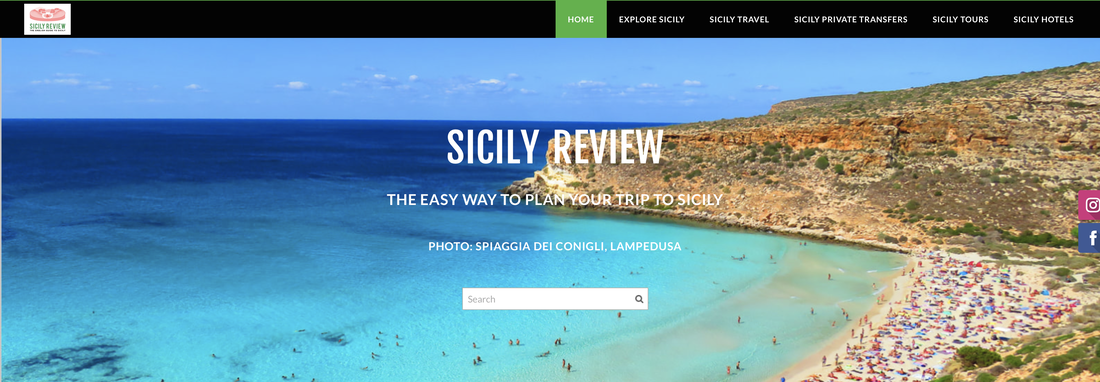Triora
|
By Dion Protani
|
Latest update: 30 December 2023
|
|
The hillside village of Triora is situated within the Imperia Province of Liguria and has a population of around 365 residents.
It stands at an elevation of 780 metres above sea level and is included in the list of Borghi Più Belli d'Italia (most beautiful villages in Italy). Triora is known as the Town of Witches due to the Witch Trials that took place there in the 16th century. |
Related links
17th century witch trials
Triora is a devilishly pretty place: if you approach by car from the coastal area to the south, you'll have driven through a heavily wooded area that eventually opens up to reveal the vista of the medieval townscape. Triora's beauty isn't just felt from a distance either and its aesthetic charms are matched as you explore the town's narrow, stone walkways.
The Museo Etnografico e della Stregoneria di Triora tells the story of the town's gruesome history and of witchcraft in general. Compared in importance to the Salem Witch Trials at the end of the 17th century, the Triora Witch Trials took place around a hundred years earlier with the first of them in 1587.
At that time, Triora had been suffering from a very poor harvest and rather than any profound agricultural analysis of the problem, it was decided that witchcraft must be the culprit. Girolamo del Pozzo, the inquisitor of Genoa and Albenga was called in to root out the evil and with the help of the villagers, identified around twenty women who were suspected witches.
The Museo Etnografico e della Stregoneria di Triora tells the story of the town's gruesome history and of witchcraft in general. Compared in importance to the Salem Witch Trials at the end of the 17th century, the Triora Witch Trials took place around a hundred years earlier with the first of them in 1587.
At that time, Triora had been suffering from a very poor harvest and rather than any profound agricultural analysis of the problem, it was decided that witchcraft must be the culprit. Girolamo del Pozzo, the inquisitor of Genoa and Albenga was called in to root out the evil and with the help of the villagers, identified around twenty women who were suspected witches.
Grisly reminders
The poor souls underwent hideous torture; some committed suicide before they got as far as confessing, while the majority eventually succumbed, named other suspected witches and ended up being burned at the stake. Further towns and villages throughout the country went through a similar process but the Witch Trials of Triora were among the first of their kind and seminal to what followed.
As the Trials took place more than 400 years ago the casual observer may feel that it's long enough ago to no longer be taken seriously and the events are treated quite light-heartedly in modern times. Throughout the village you'll find reminders of the "witch" tag with effigies on brooms and souvenirs in the shops. It's even possible to arrange tours to visit the key sights such as the homes of some of the executed witches or a visit to nearby Monte delle Forche where the executions took place.
As the Trials took place more than 400 years ago the casual observer may feel that it's long enough ago to no longer be taken seriously and the events are treated quite light-heartedly in modern times. Throughout the village you'll find reminders of the "witch" tag with effigies on brooms and souvenirs in the shops. It's even possible to arrange tours to visit the key sights such as the homes of some of the executed witches or a visit to nearby Monte delle Forche where the executions took place.
Exploring the historic centre
Whether you find the witchcraft element of Triora appealing or not, there's plenty more to a visit to the village. Its beautiful medieval streets culminate in the main square called Piazza Beato Tommaso Reggio which is also home to the town's main church: the Collegiata di Nostra Signora Assunta. Next to the Collegiata is the smaller Oratorio di San Giovanni Battista. The Piazza is a great place for a spot of lunch with a number of eateries and shade created by the tall, colourful palazzi that complete the scene.
Another church, the Oratorio di San Dalmazio stands in a more elevated position above the main square and if you make your way around the porticoed streets of the town, you can get a great view of everything from a raised viewing area from which you can look straight across at the bell tower and the surrounding countryside. Short on photogenic opportunities Triora is not.
Another church, the Oratorio di San Dalmazio stands in a more elevated position above the main square and if you make your way around the porticoed streets of the town, you can get a great view of everything from a raised viewing area from which you can look straight across at the bell tower and the surrounding countryside. Short on photogenic opportunities Triora is not.
Close to Triora
Triora doesn't have its own train station and the closest two are down on the coast in Sanremo or Arma di Taggia. There are buses to Triora from both locations but a good deal of patience is required and the journeys times can be prohibitively slow. It's best to visit by car and there are ample car parks in and around the edge of the village which is pedestrianised at its centre.
If Triora appeals to you, there are half a dozen or so historic villages of a similar size reasonably close by. Among them are the likes of Apricale, Dolceacqua and Perinaldo, all of which are best reached by car. Keep an eye out as well for tiny Seborga which aspired to be an independent nation in the 1960's and even established a border control.
Aside from its Borghi Più Belli d'Italia listing, Triora is also included in Touring Club Italiano's list of Bandiera Arancione (Orange Flag) towns.
If Triora appeals to you, there are half a dozen or so historic villages of a similar size reasonably close by. Among them are the likes of Apricale, Dolceacqua and Perinaldo, all of which are best reached by car. Keep an eye out as well for tiny Seborga which aspired to be an independent nation in the 1960's and even established a border control.
Aside from its Borghi Più Belli d'Italia listing, Triora is also included in Touring Club Italiano's list of Bandiera Arancione (Orange Flag) towns.
Comune di Triora
|
Province: Imperia
Region: Liguria Population: 360 (source: ISTAT 1 January 2023) Size: 68 km² Elevation: 780 metres Highlights: Witch Museum, Piazza Beato Tommaso Reggio Close by: Pigna, Apricale, Perinaldo, Dolceacqua, Isolabona Recommended hotel: Albergo Giuan Arma di Taggia (31 km) |
|
One of I Borghi più belli d'Italia (Italy's Most Beautiful Villages)
Listing headline: Il Borgo delle Streghe (The Village of the Witches) |
Awarded the Bandiera Arancione (Orange Flag)
Since: 2006 1 of 15 in Liguria listed by Touring Club Italiano |

